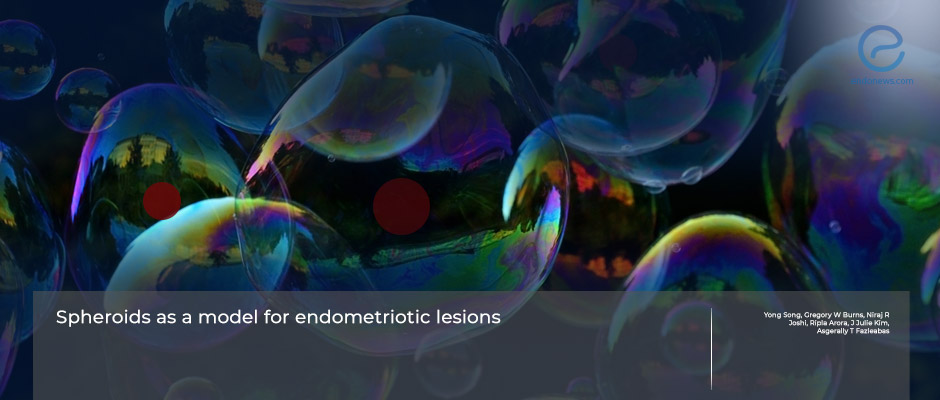Spheroids: 3D-mini-models for Understanding Endometriosis
Jul 3, 2023
Generating Endometriotic Spheroids: A Step Towards Developing New Treatments
Key Points
Highlights:
- Spheroids are 3D cell clusters that mimic the structure and function of tissues in vivo.
- Spheroids have several advantages over traditional 2D cell cultures, including providing a more physiologically relevant environment for studying cell behavior.
Importance:
- There is a need for better models to study endometriosis.
- Spheroids show promise as a tool for studying endometriosis and developing new treatments.
What's done here:
- Endometrial cells were obtained from patients with endometriosis and healthy individuals and also from previously studied endometriotic cell types including immortalized endometriotic epithelial cells (12Z) combined with endometriotic stromal (iEc-ESC) or uterine stromal (iHUF) cell lines.
- To show the invasion characteristics of endometriotic cells, a model was developed with human peritoneal mesothelial cells in an extracellular matrix.
- Spheroids were generated using a low-attachment culture method.
- The spheroids were characterized for their morphology, cell viability, and expression of specific genes and proteins associated with endometriosis.
- The spheroids were used to study the effects of hormonal stimulation and angiogenesis in endometriosis.
Key Results:
- The spheroids derived from endometriotic lesions exhibited characteristics like those of endometriosis in vivo, including increased inflammation, angiogenesis, and adhesion to surrounding tissue.
- The spheroids responded to hormonal stimulation, indicating that they can be used to study the effects of hormonal therapies on endometriosis.
Limitations:
- The spheroid model described in the article was generated using a specific method, and other methods may produce different results.
Lay Summary
The pathogenesis of endometriosis is not fully understood, and there is a need for better models to study the disease. Spheroids are 3D clusters of cells that mimic the structure and function of endometrial tissue. These mini models have several advantages over traditional 2D cell cultures, including providing a more physiologically relevant environment for studying cell behavior. Spheroids have the potential to be used as models for a variety of diseases, including endometriosis. In the article led by Dr. Fazleabas a new spheroid production has been described.
To build the spheroid model for endometriosis, endometrial cells were obtained from patients with endometriosis and healthy individuals and cultured in suspension in a non-adherent environment. The cells were seeded in ultra-low attachment plates, which prevent cell attachment and promote the formation of spheroids. The spheroids were then characterized for their morphology, cell viability, and expression of markers associated with endometriosis. The spheroids derived from endometriotic lesions exhibited characteristics like those of endometriosis in vivo, including increased inflammation, angiogenesis, and adhesion to surrounding tissue. The spheroids also responded to hormonal stimulation, indicating that they can be used to study the effects of hormonal therapies on endometriosis.
The authors noted that there are several methods for generating spheroids, including hanging drop culture, low-attachment culture, and microfluidic devices. Each method has its own advantages and limitations, and the choice of method will depend on the specific research question and experimental design. Overall, spheroids show promise as a model for endometriosis and may help advance our understanding of the disease and the development of new treatments.
Research Source: https://pubmed.ncbi.nlm.nih.gov/37104033/
spheroids cell culture models endometriosis

